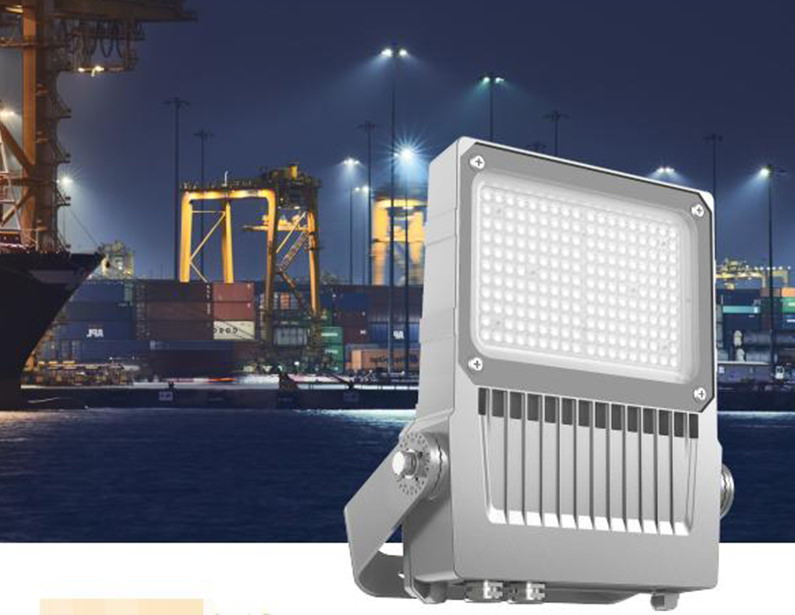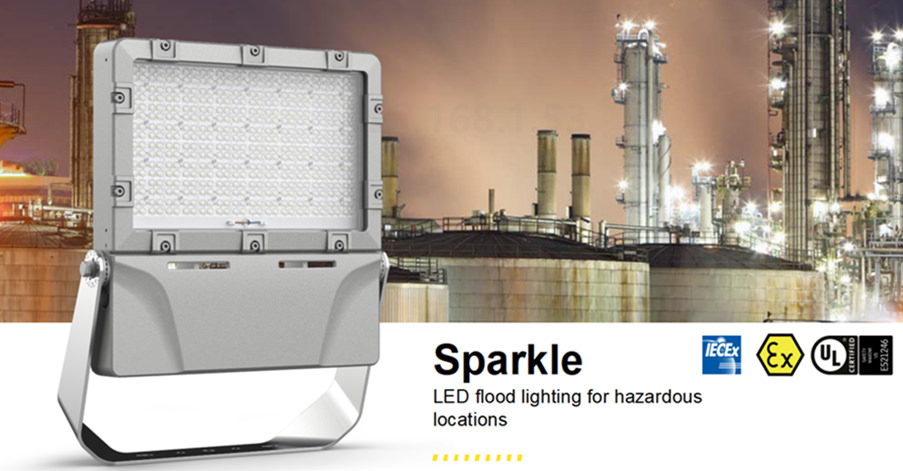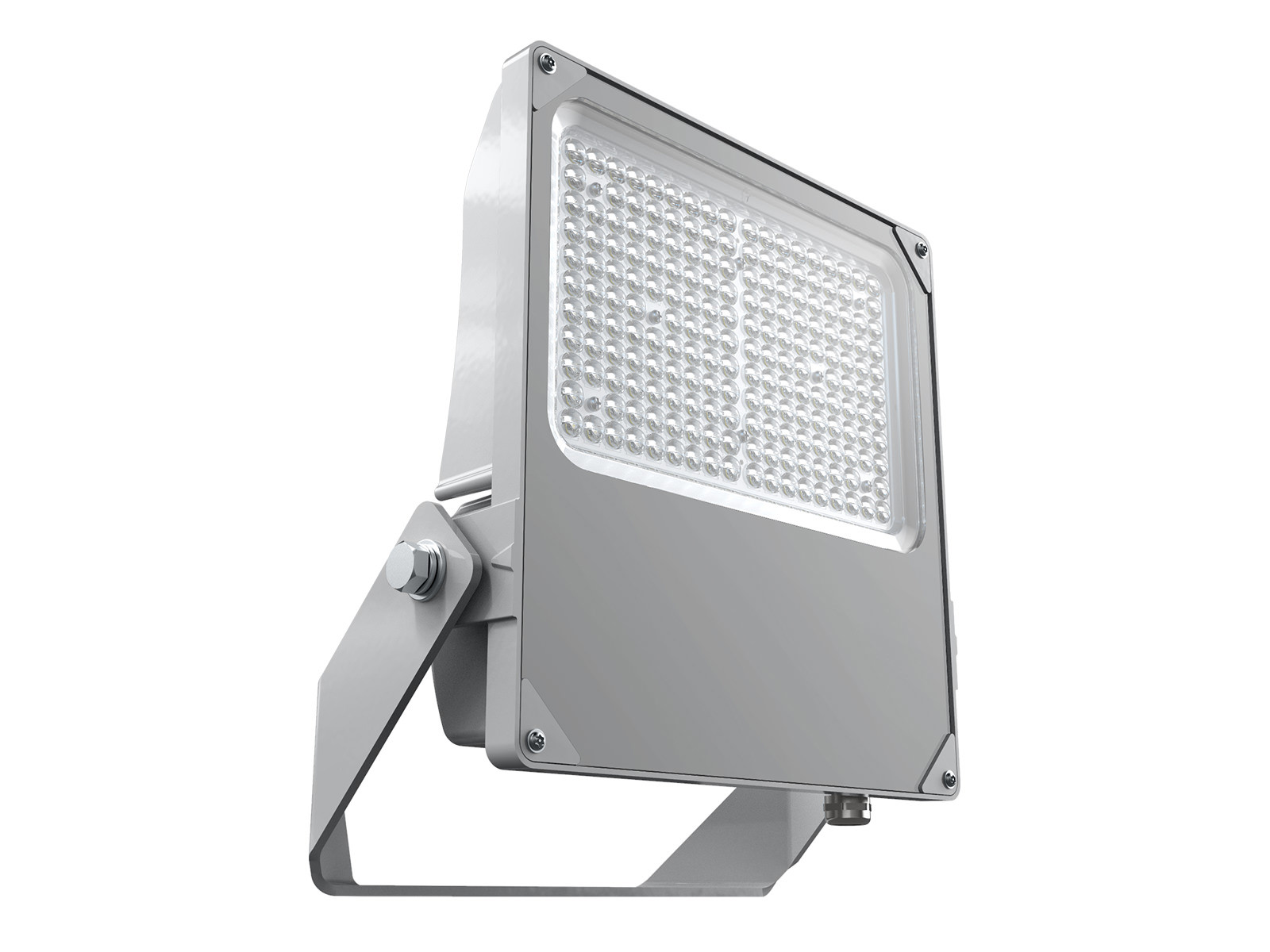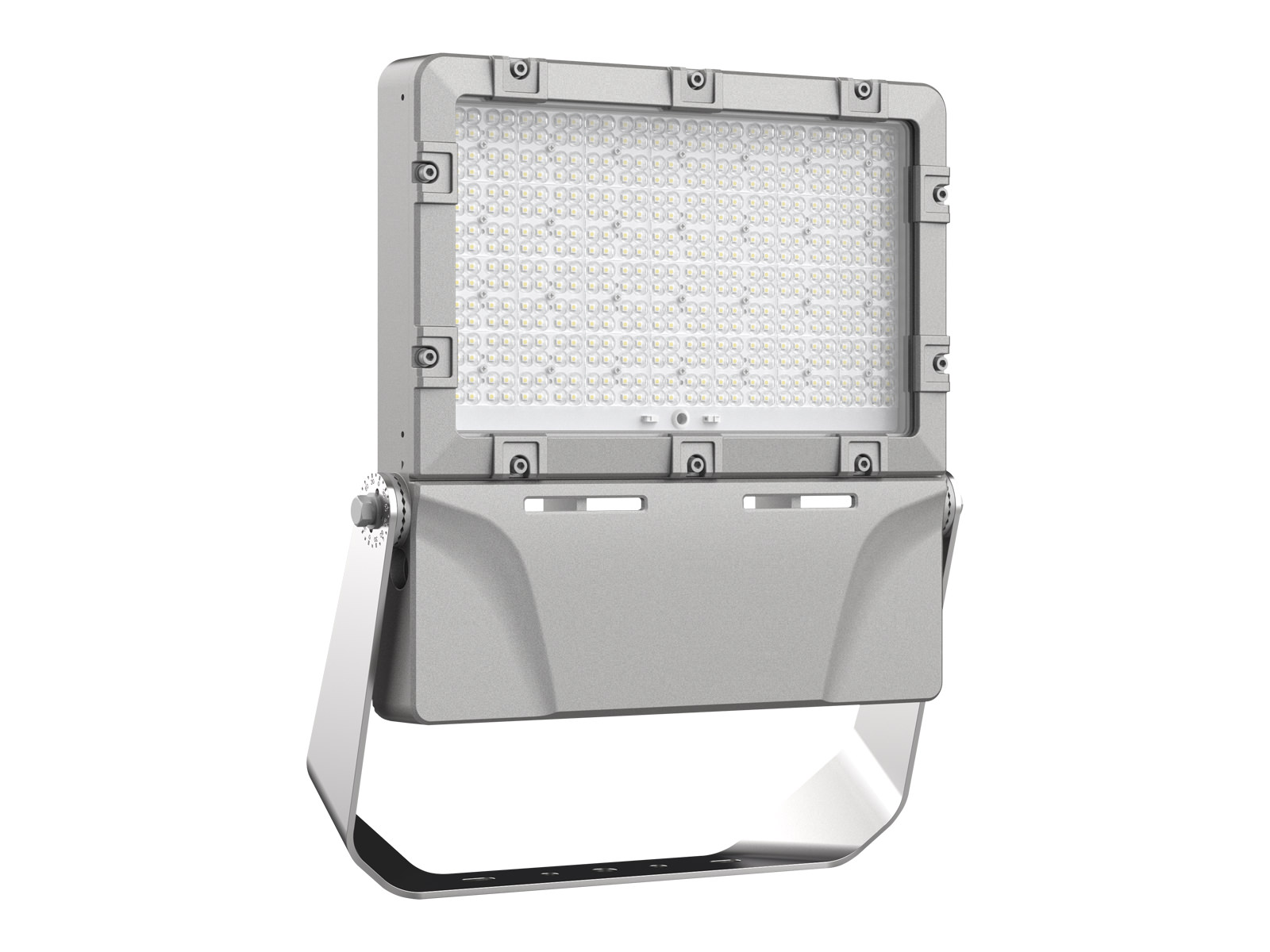Ports serve as crucial gateways for international trade and logistics, directly impacting the smooth flow of global supply chains and cargo movements. With advances in technology, upgrading port lighting has become a vital measure to enhance overall port competitiveness. This article discusses the significance of port lighting upgrades and key factors to consider during the transformation process.
Significance of Port Lighting Upgrading
Improving Operational Efficiency
A well-designed lighting system enhances visibility for port workers, improving efficiency during night operations. It also aids in quicker cargo searches and stacking in container yards, reducing losses and misplacements.
Lighting not only serves as navigation markers but also plays a critical role in ensuring safe entry and exit for vessels in port waterways and docking areas. Modern lighting systems provide accurate and clear aids to navigation, reducing collision and grounding incidents.
Energy Conservation and Emission Reduction
Adopting energy-efficient lighting technologies, such as LED illumination, significantly reduces energy consumption and carbon emissions. Given that ports often operate 24/7, energy savings are essential for cost reduction and environmental protection.
Ecological Preservation
Thoughtful lighting designs minimize light pollution, helping to protect marine ecosystems and surrounding natural environments. Light pollution can disrupt nocturnal animal activities and affect ecological balance.
Key Factors in Port Lighting Upgrading
Lighting Design
Detailed lighting design plans must be created before initiating the upgrading process. Considering different functional areas of the port, such as docks, waterways, and storage yards, a well-planned layout and brightness distribution should cater to the specific needs of each area.
Fixture Selection
Choosing high-quality lighting equipment is crucial. LED fixtures, due to their energy efficiency, long lifespan, and reliability, are the preferred choice for port lighting upgrades. Additionally, fixtures must meet specific requirements, such as being waterproof, corrosion-resistant, and capable of withstanding harsh marine conditions.
Intelligent Control
Incorporating smart control systems allows for adjusting light brightness and switch timing based on actual needs, achieving intelligent management and further reducing energy consumption. Intelligent control also facilitates timely detection and resolution of lighting failures, improving maintenance efficiency.
Safety Considerations
During the upgrading process, worker safety must be ensured. For areas that require working at heights, necessary safety measures, such as erecting secure scaffolding and using protective equipment, should be implemented.
Sustainable Development
Emphasizing the principles of sustainability is essential in the upgrading process. Actions like selecting eco-friendly materials, reducing light pollution, and utilizing renewable energy contribute to reducing the port's ecological footprint.
Port lighting upgrades are a pivotal measure to enhance operational efficiency and safety. Through well-designed plans, high-quality fixtures, and smart control systems, ports can achieve energy savings, environmental protection, and adaptability to future development needs. Active promotion of port lighting upgrades not only benefits the ports themselves but also positively influences the global trade and logistics industry, facilitating a more efficient, intelligent, and sustainable development of global supply chains.

















